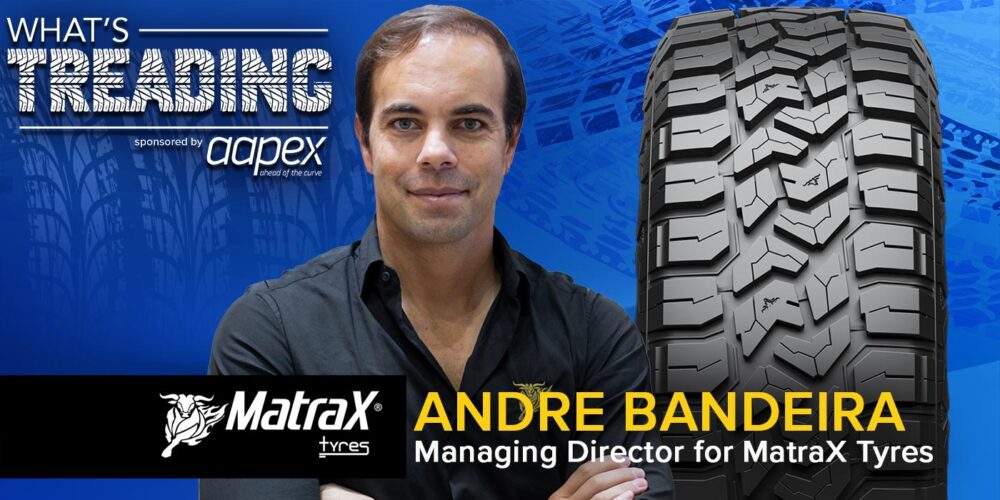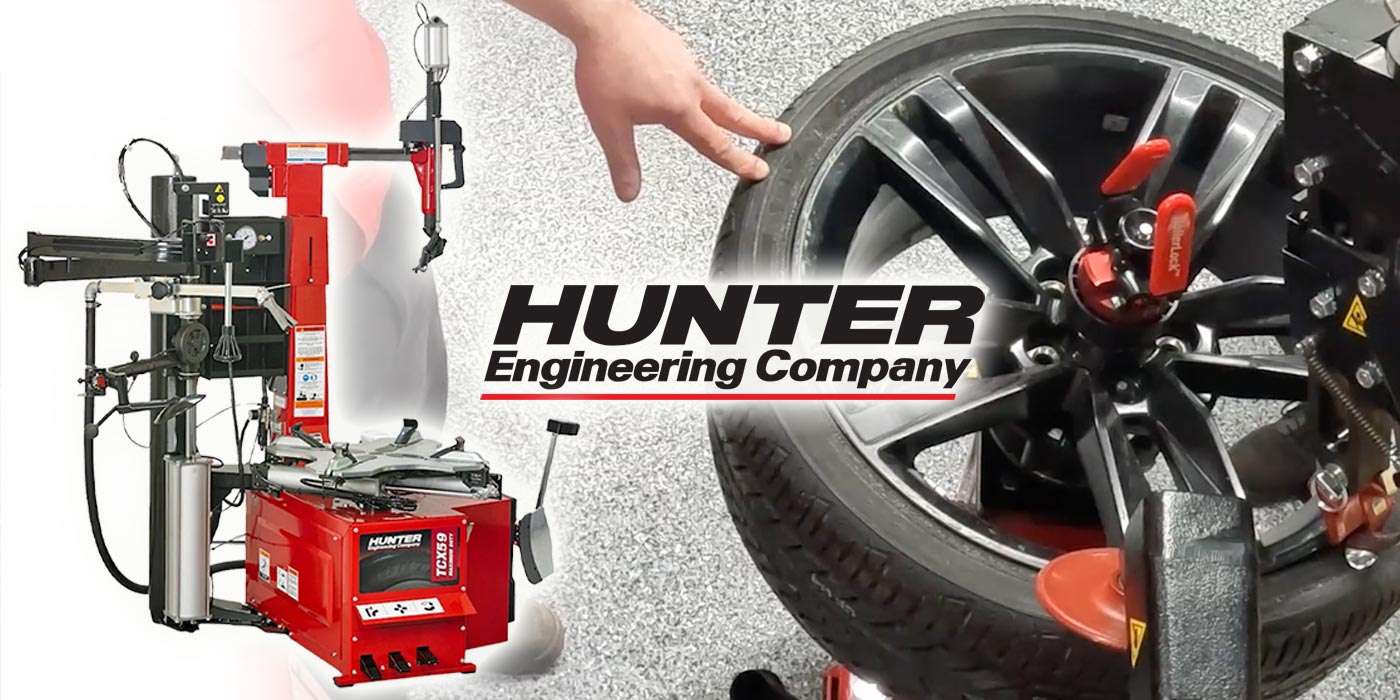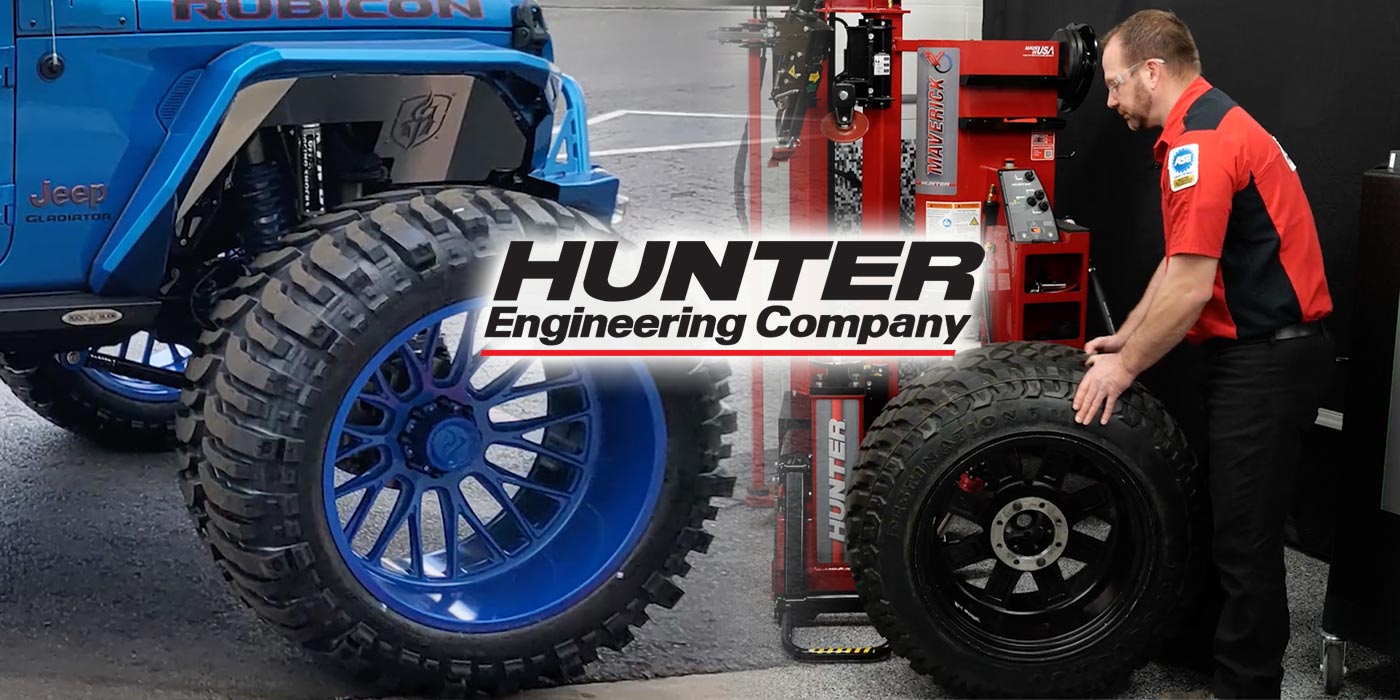Do you remember the first time your car hydroplaned? It happens, especially when there’s been a ton of rain. Luckily, though, tire technology keeps improving to help vehicles stay on the road. Let’s check out the different ways in which tires play a crucial role when it comes to wet weather driving and hydroplaning in this Tire Review Continental Tire Garage Studio video.
When you look at any tread pattern, you see a network of tread blocks, groves and sipes, and they’re arranged in certain ways for the tire to have certain performance characteristics. For example, for performance in wet-weather conditions, tires have a network of grooves, which helps displace water when a vehicle is traveling through pools or puddles after a rainstorm. Manufacturers specifically design tires to perform in wet-weather conditions.
However, hydroplaning still happens, especially during or after a heavy rainstorm. During a hydroplaning incident, a vehicle’s tires encounter more water than they can physically displace. This causes one or more tires to lose contact with the driving surface, resulting in a temporary loss of steering, acceleration and braking control.
While weather and water depth is the main factor that determines hydroplaning conditions, some other tire and vehicle characteristics come into play.
Tread depth is one. As your tires wear out, their ability to evacuate water from the contact patch is reduced. Tires with low to worn-out tread are more likely to lose traction and hydroplane in wet conditions than tires with more tread. Even the best tires on the road offer little resistance to hydroplaning when their tread is worn down to 4 to 2/32nd of an inch.
Another factor is vehicle weight. When you compare two vehicles equipped with the same size and type of tire, the heavier vehicle may be more resistant to hydroplaning because there’s a greater force to displace water from underneath the tire.
The other factor that we touched on earlier is tire design. If the tire isn’t designed to evacuate water, then hydroplaning is more likely to occur. That’s why directional tread designs are sometimes used on tires with wet weather performance characteristics. Their multiple tread grooves are aligned in a repeating “V” shape to increase the tire’s ability to channel water from between the tire’s footprint and the road.
For any type of vehicle, reducing the risk of hydroplaning starts with good tire maintenance – making sure tires are inflated to placard pressure, inspecting tires and checking tread depth each time you see a vehicle in your shop and balancing and rotating them regularly are key to keeping their performance attributes in wet weather in tip top shape.













